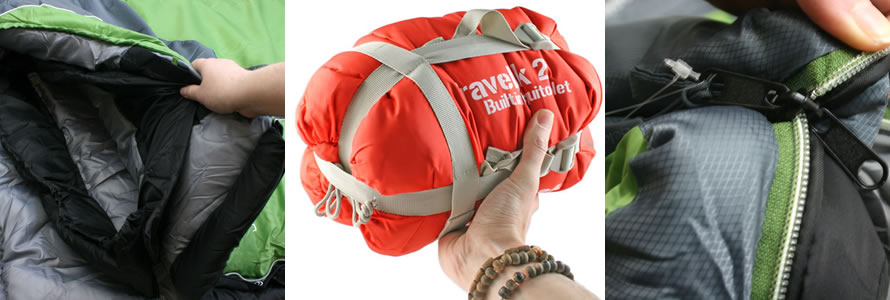When it comes to buying a sleeping bag for travelling, it’s best to do a spot of research first to ensure you’re familiar with the standard features that are expected of most sleeping bags. Then there are the handy additional extras that can come in useful during your trip, which are commonly found on sleeping bags designed for travel.We’ve put together a list of features you would expect to find on sleeping bags and explained the benefits of each one.
Compression Bag or Stuff Sack
Let’s start with the way in which your sleeping bag is stored, the compression bag or stuff sack. You would be hard pushed to find a sleeping bag that doesn’t have some form of storage case and the most common options you will find are the aforementioned.
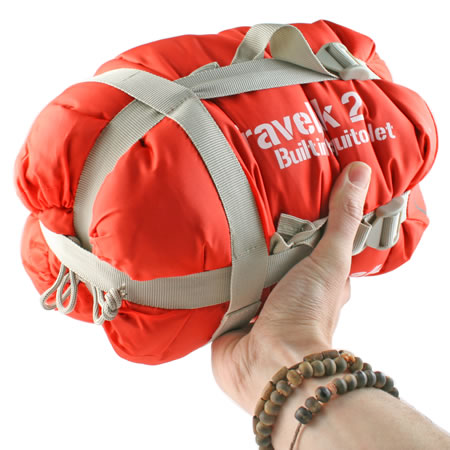
Stuff sacks tend to be used more on sleeping bags that are designed for camping trips or for when a larger pack size wouldn’t be too much of an issue, but when it comes to sleeping bags designed to be compact for backpacking, trekking and cycling it is highly likely they will be stored inside a compression sack. Compression sacks offer 4 way compression with adjustable straps, which can be pulled tight to make the size of your sleeping bag as compact as possible. Stuff sacks can also be a handy way to store your sleeping bag but don’t have the ability to be crushed down with compression straps as compression sacks are.
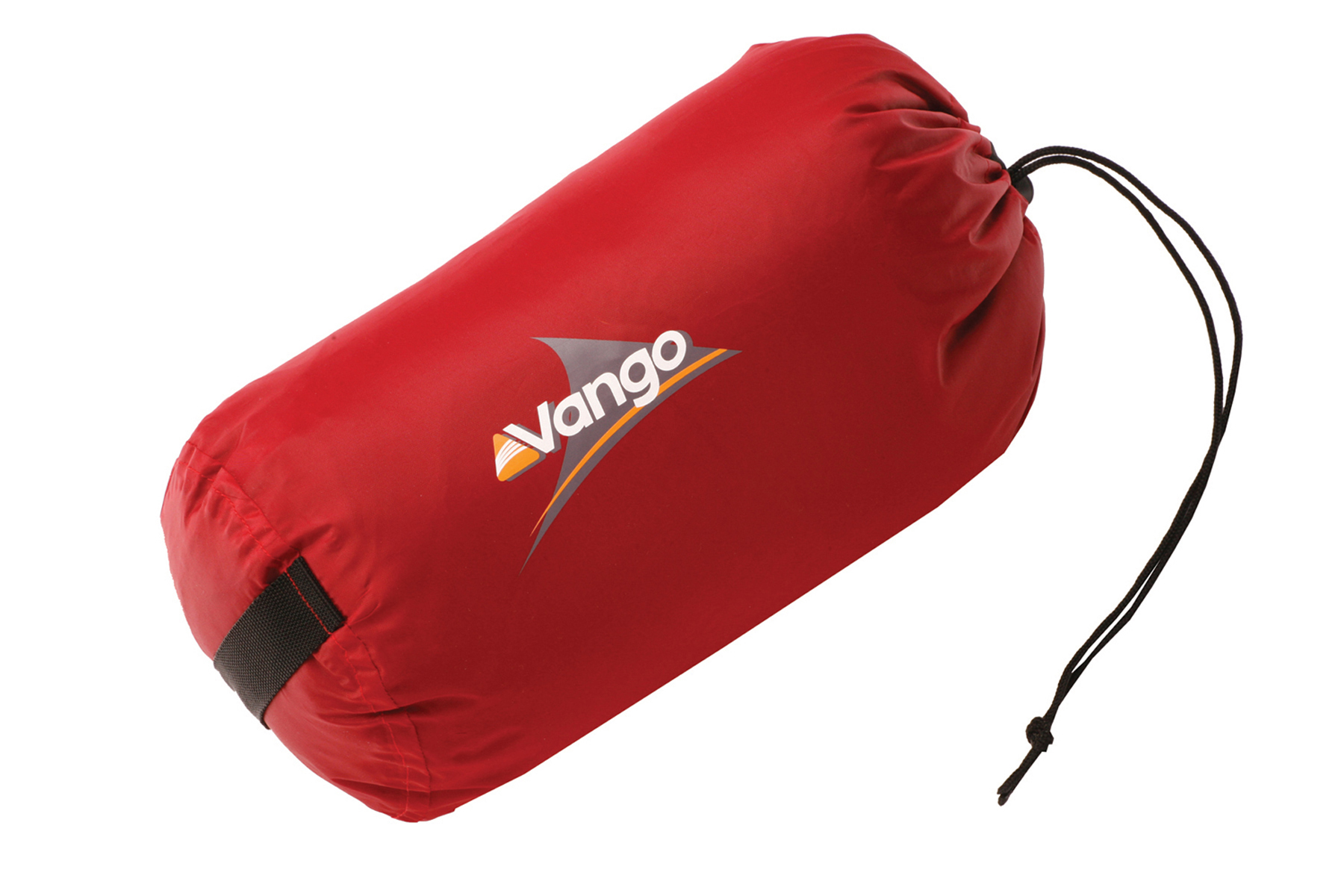
Comfort Temperatures & Season Ratings
If your sleeping bag doesn’t specify comfort, limit and extreme temperatures, there is no way of knowing exactly what temperature at which it would best perform and keep you warm during the night. Although it may specify a season rating, these can differ from manufacturer to manufacturer, so checking the comfort temperature or suggested usage temperature range is the best way to determine whether or not the bag will keep you warm in the climate and conditions you are sleeping in.
When buying a sleeping bag for your trip, it’s worth looking out for ones that have been tested to comply with the EN13537 standard. This means that the sleeping bag has been tested using a thermal mannequin to help determine the temperature in which the sleeping bag can be used safely, the testing provides manufacturers with upper limit, lower limit, comfort and extreme temperature ratings.
Sleeping bags come in 4 different season ratings, with 1 season bags designed for use in tropical climates and 4 season bags for use in cold climates, you will need to ensure you select the right specification to meet your requirements when travelling.
Insulation Enhancing Features
Although there are a number of different shapes of sleeping bag available, when it comes to travelling, you’ll find that mummy shaped bags are the more popular choice. There are several reasons for this but the main two are as follows… A: they pack down smaller due to having less material to pack away. B: they provide a higher level of insulation as there is less empty space inside. Since we’re talking about mummy shaped sleeping bags, you should always find that these come with a hood, normally with a draw cord for making it tighter. Sleeping bag hoods are a useful feature as they help to insulate your head, which is one of the areas of the body which loses heat the fastest.
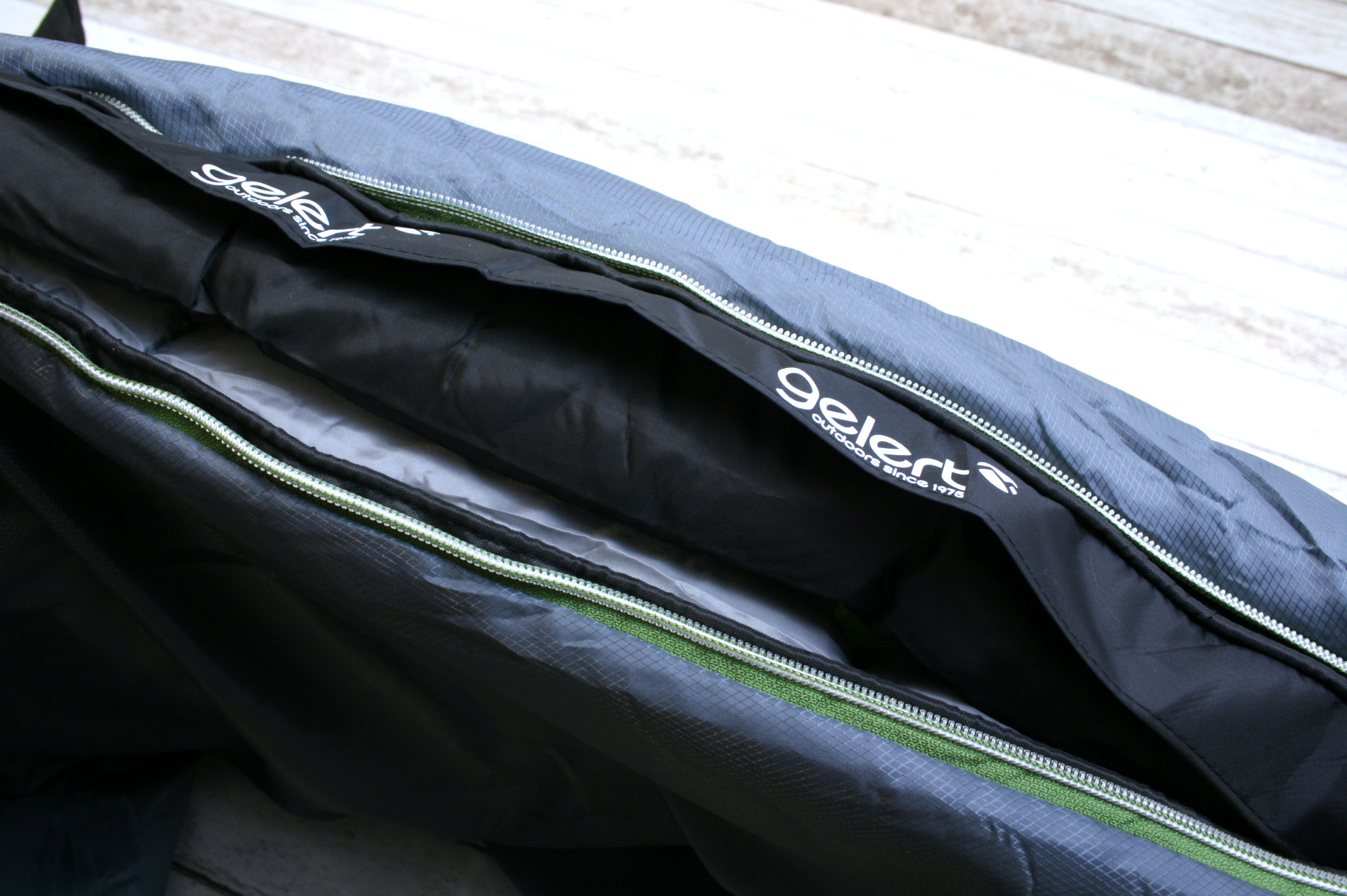
As your sleeping bag gets higher in season rating, you will most likely notice a chunky piece of material covering the zip, this is called a zip baffle. Zip baffles are often filled with insulation on 3 and 4 season models and help to prevent warm air from escaping from inside your sleeping bag, they also help to keep cold air from sneaking in through your bag’s zips. On lower season sleeping bags zip baffles may still be present, more so on a 2 season than on a 1 season bag, as the need for a zip baffle isn’t as necessary when you’re sleeping in scorching hot temperatures! Although you can find zip baffles on 2 season bags, they may just be strips of thin material and will probably not be insulated, but they will still help promote insulation.
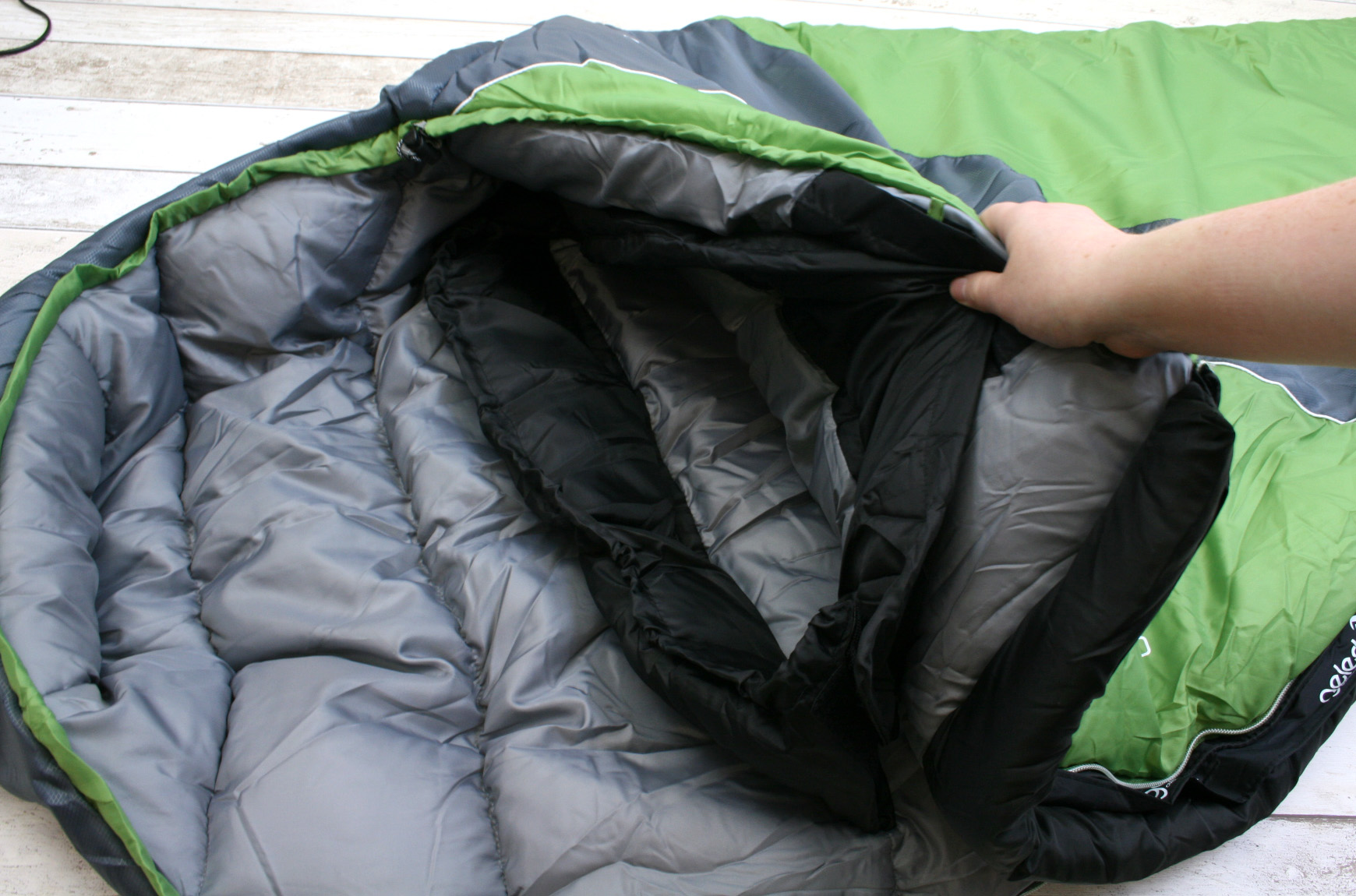
Another feature to look out for on the higher season options is an adjustable shoulder baffle. Again, this is a chunky piece of material and it basically forms a collar inside the sleeping bag which prevents warm air from escaping and keeps you nice and warm during the night in cold temperatures.
Zip Related Features
On most models of sleeping bag you will find a two way zip, this is to make it easier to open from the inside as well as the outside. If you’ve opted for a cheap supermarket option, you might not benefit from this handy feature as their zips tend to be more basic in design to match the cheaper price tag. Many manufacturers, including Vango, use auto-locking zips on their sleeping bags as well. Auto-locking zips work by keeping your sleeping bag zipped up when you’re inside, without sliding down, don’t worry though, they’ll open when you want them to! If you’re worried about your sleeping bag zip catching on the material, there are many sleeping bags available with zip guards to prevent the lining from catching on the zippers.
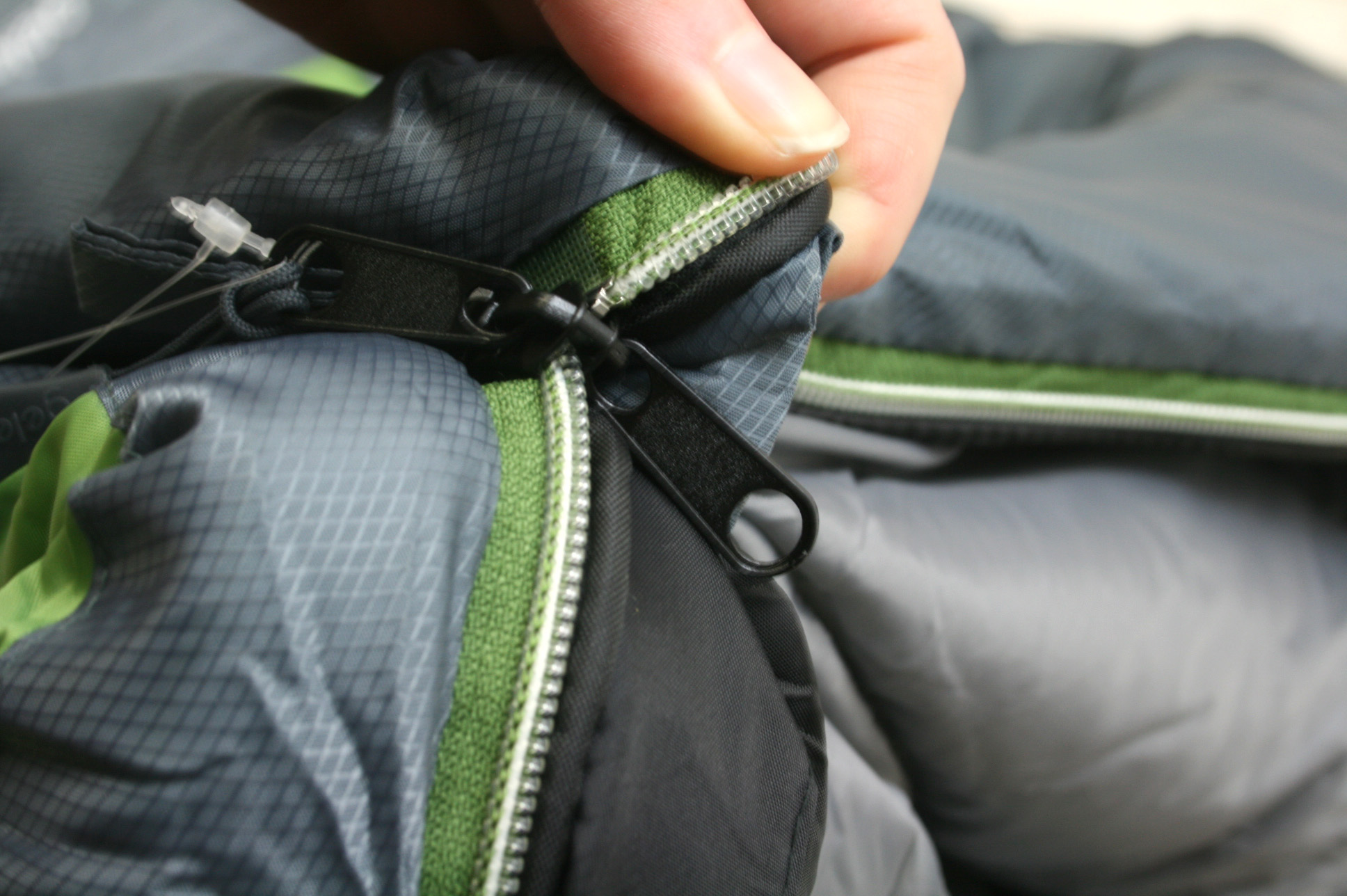
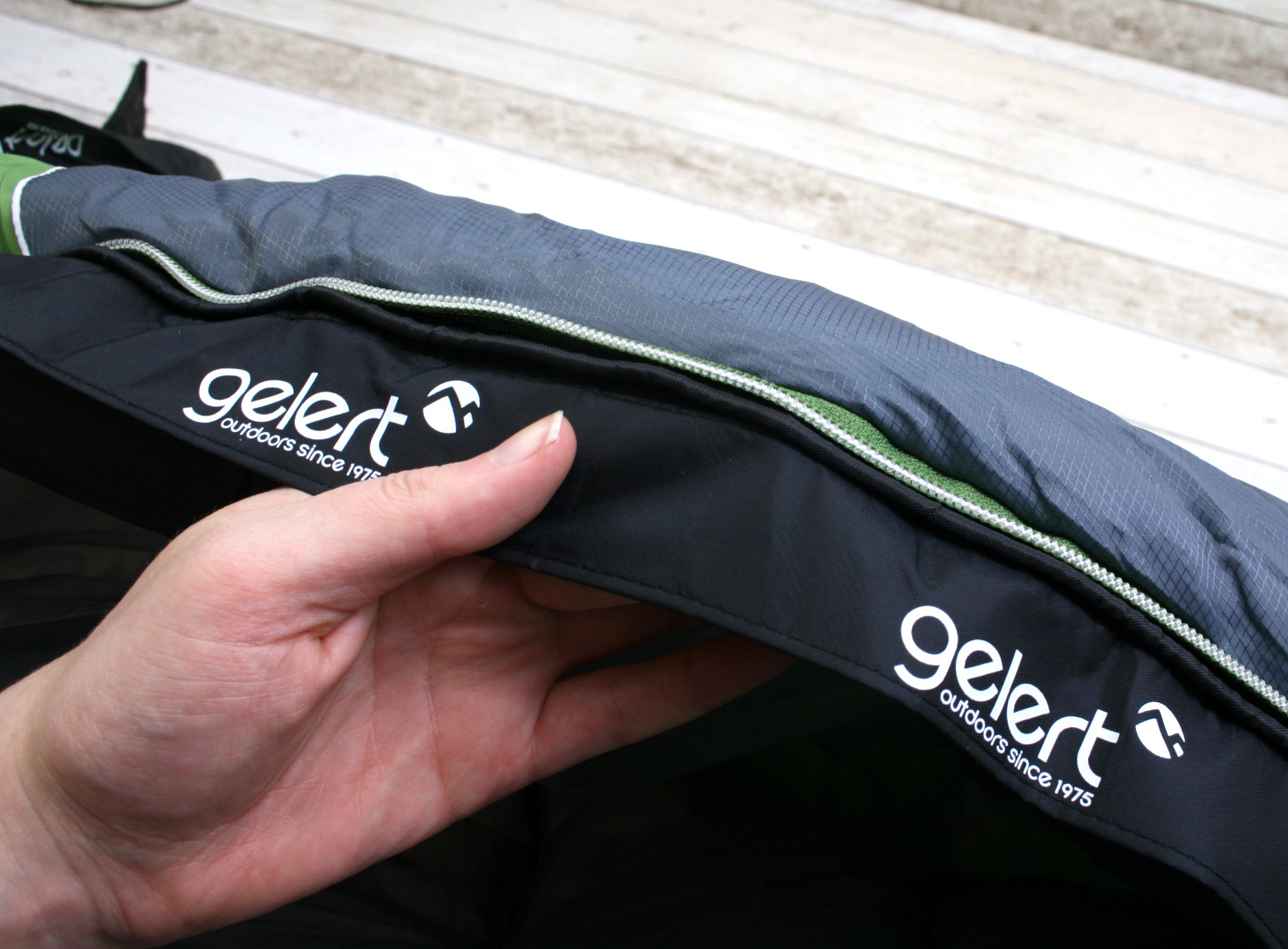 Two-Way Zip & Zip Guard
Two-Way Zip & Zip Guard
Internal Pocket
These pockets have become more and more popular, especially when it comes to travel sleeping bags. Internal pockets are usually a sleeve style pocket with a Velcro fastening and are found inside the sleeping bag, these are typically used for storing valuable items to keep them safe and close to hand while you’re sleeping.
So there you have it, a few features to look out for when you’re selecting a sleeping bag for your trip, each providing their own performance enhancing benefits. Of course when it comes to sleeping bags designed specifically for travelling, you’ll also come across features such as integrated hood mosquito nets, anti-mosquito impregnation and anti-bacterial protection to ward off dust mites, odours and mould!

